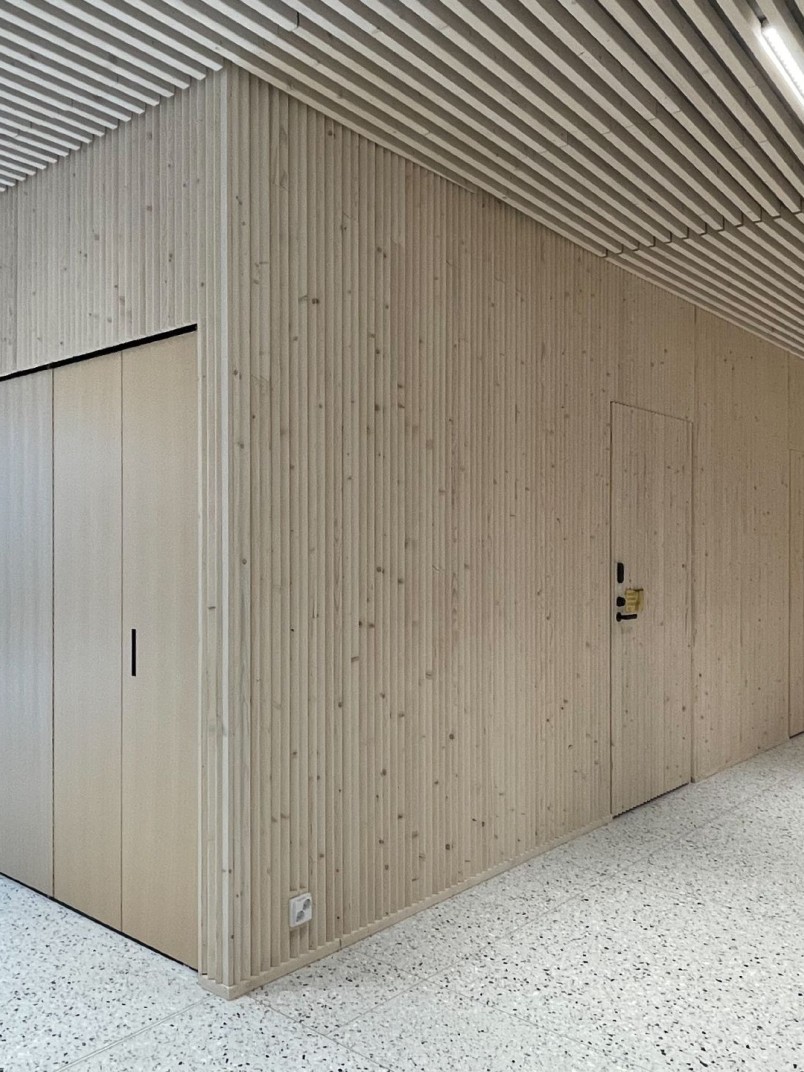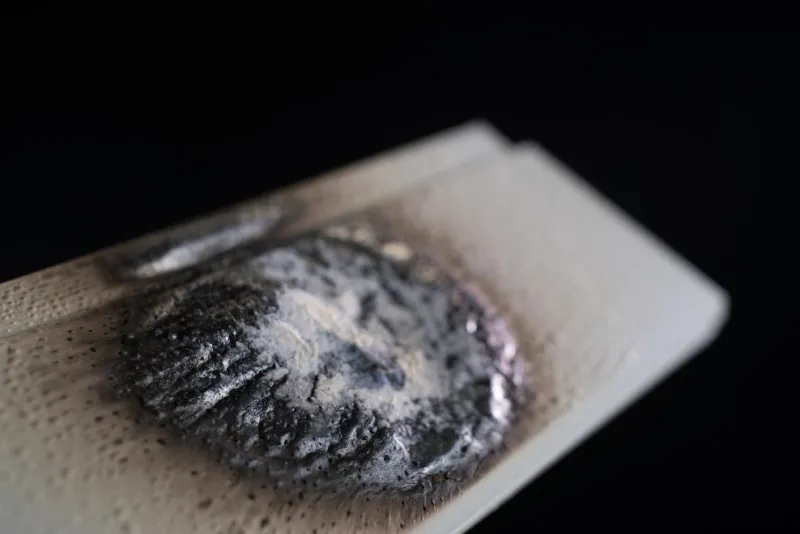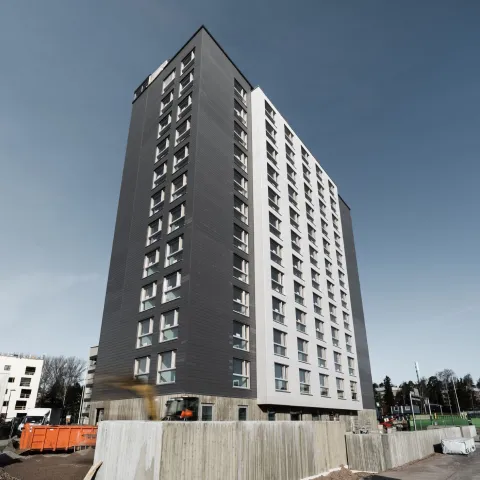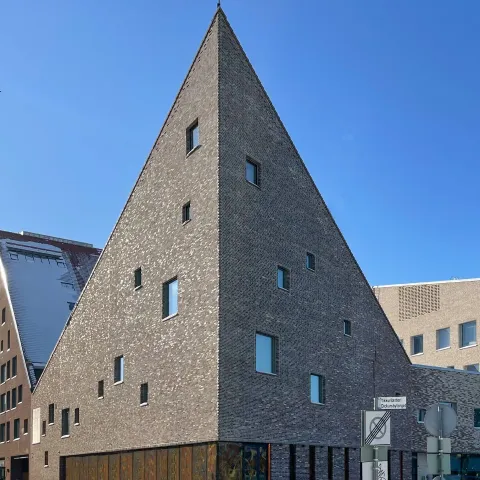For wood construction, fire safety is a hot topic

One of the greatest attributes of wood is that it is a sustainable material. A recent study shows that shifting to wood as a building construction material would significantly reduce the environmental impact of building construction. The European Union has also announced its desire to see more of wood construction.
The benefits of wood as a building material include not only sustainability but also architectural appeal and good indoor air quality. Wood as a material in interior spaces is balancing indoor humidity levels, so it serves a specific purpose for indoor air quality. With the increased focus on indoor air quality issues in older buildings, wood construction has become more popular in the recent years.
Always use CE-marked wood products
Wood is a viable construction material not only for public buildings such as schools, libraries, and concert halls, but also for apartment buildings. When building with wood, you need to know about the properties of the material and about modern fire retardants that enable wood to be used in construction on a larger scale.
It’s important to ensure that you purchase fire retardant-treated, CE-marked wood from a company with valid certifications.The CE marking on timber treated with fire retardant always applies to both the timber itself and the industrial finishing. It’s possible to apply a fire-retardant coating at the construction site, but this will not necessarily be acceptable to the fire authorities.
Fire protection certification can be obtained for standard materials, which are 12 mm chipboard and 9 mm plywood. If a fire protection product has been tested with these materials, the certification allows it to be used on top of any other thicker wooden material, within a specific density range. The certification can also be obtained for birch panels, but in this case it typically applies to that particular material only.
Check the fire classification
The effect of a fire-retardant paint or lacquer is based on a chemical reaction: as the paint is subjected to flame, it expands to form an insulating layer to slow down the spread of fire. The wood will burn eventually, but much slower than untreated wood.
The classification for untreated wood is D-s2, indicating a material that contributes to the spread of fire and produce smoke. For buildings with a large population, surface materials must be selected so that people have as much time as possible to vacate the premises in case of fire.
B is the highest possible classification for fire retardant-treated wood material. When treated with fire-retardant paint or lacquer, the fire classification of wood can be upgraded to B-s1, meaning it “contributes to fire in a limited manner and emits as little smoke as possible”. A is the only fire classification higher than this, covering materials such as concrete, glass, steel, and brick.
Take safety into account at the planning stage
Wood is a safe material for construction as long as its inherent properties are taken into account. There is no treatment that makes wood fully non-combustible, but careful planning goes a long way.
In addition to using fire-retardant paints and lacquers, the following should be considered during the planning stage:
- Fire load-related issues
- Load-bearing structures and their resistance to fire
- The spread of fire to adjacent buildings and from one space to the next
Ask us for help on paints and lacquers that ensure proper fire safety. Get in touch and we’ll be happy to help!



